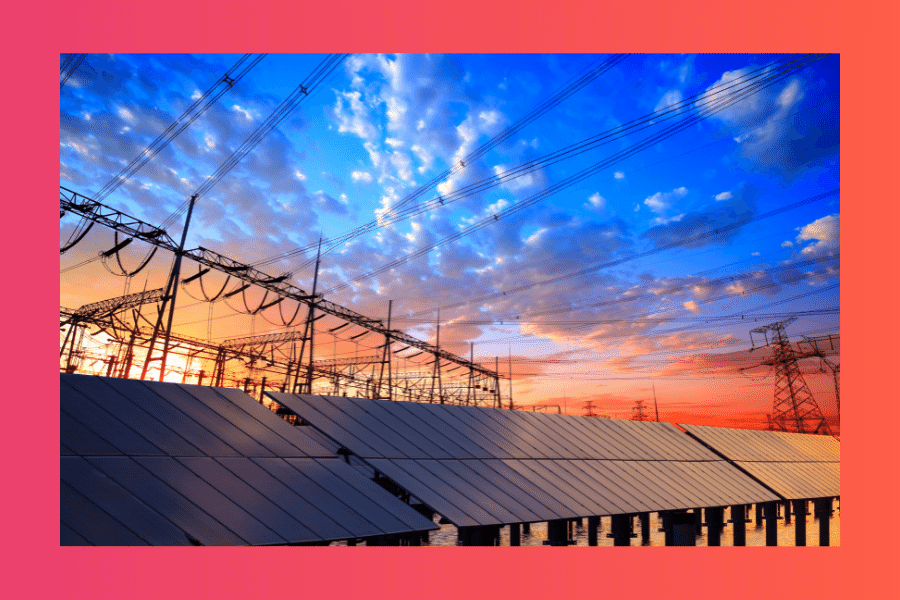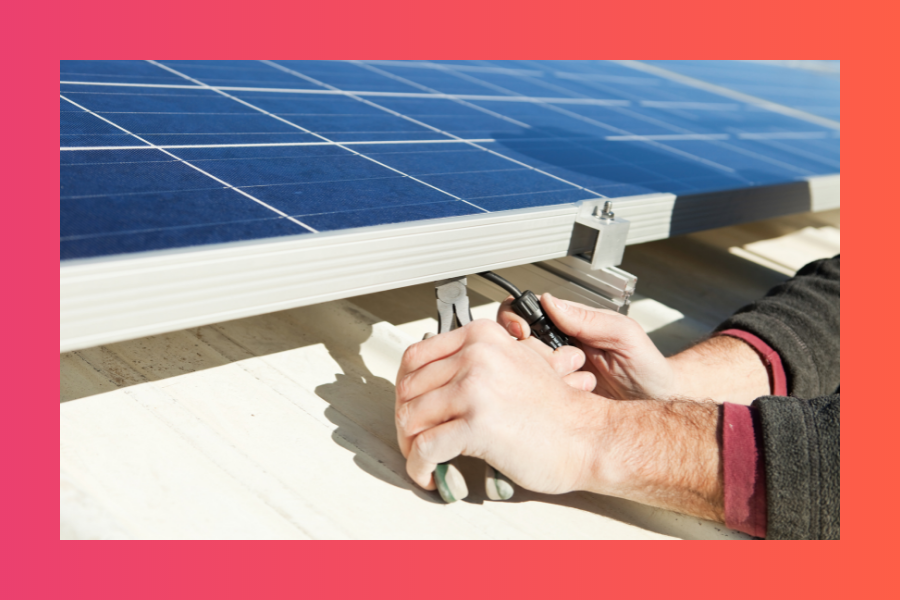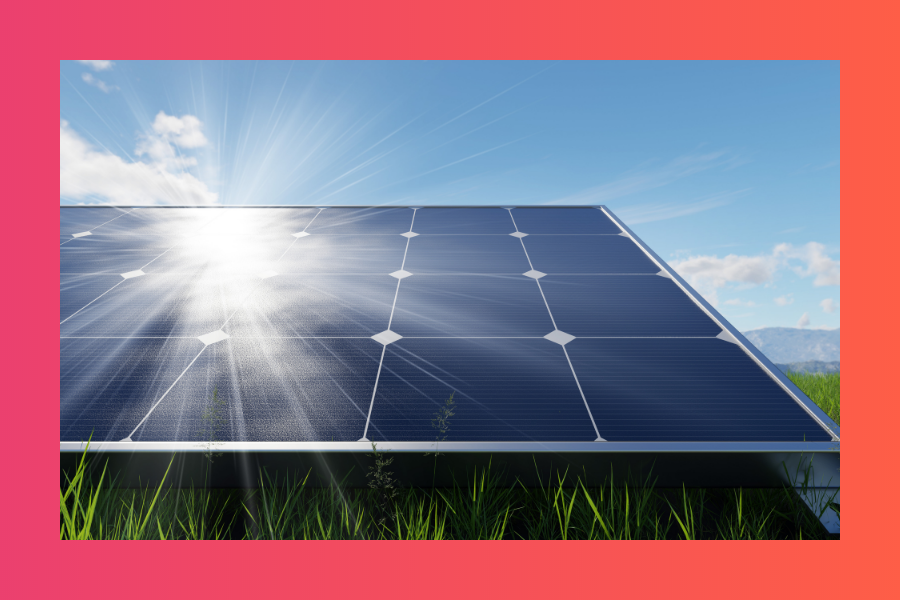While the fact recent years have seen a consistent downward trend surrounding the costs of solar is great, it’s important to first touch on why so much feels so much expensive at the moment. This is because - while in the long term this downward trend of costs will continue - even the solar power sector itself is not immune from some of these challenges in the short term.
For the first time in its history, Australia will have a legislated emissions reduction target enshrined in law, after the federal government's climate change bill passed through parliament. The bill passed the Senate with 37 votes to 26 on Sept 8, Thursday afternoon, with amendments from independent senator David Pocock, before being passed by the House of Representatives hours later.
The Queensland government is reportedly considering ramping up its renewable energy target as the state looks to wean itself off coal-fired power on the pathway to net zero emissions by 2050.
Lorraine Khng, the Head of Marketing for Risen Energy Australia, discusses some of the factors contributing to a solar panel’s sustainability credentials. While the benefit of solar power as a clean and critical part of our future energy mix is a no brainer, there is no shortage of debate on how green or ethical solar is in terms of its supply chain and asset lifecycle.
After many years of development, the Haystacks solar garden was launched at an event at Marrickville library pavilion in Sydney’s inner-west. It enables NSW residents to purchase a plot from the Haystack Solar Garden and receive an estimated $505 credit on their energy bills annually. The 1.5 MW solar system is located on a farm paddock in Grong Grong, in the mid-south of NSW.



